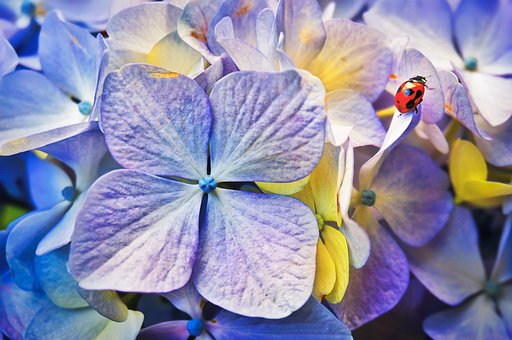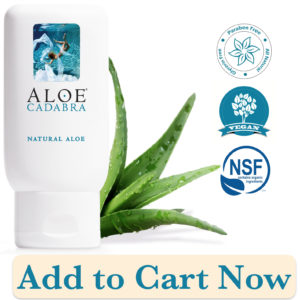No matter how much space you have, here’s what you can plant to help bugs thrive

Habitat loss is a major factor in the decline of insect populations around the world, a trend that one group of researchers has warned could bring about the “catastrophic collapse of nature’s ecosystems.” For instance, the monarch butterfly population has fallen 99.4 percent since the 1980s—a precipitous decline that has wildlife conservationists calling for them to be listed as an officially endangered species. While the monarch may be the charismatic megafauna of the insect world, other, less photogenic species are believed to be facing the same fact.
That’s where you come in: Even in small amounts, native grasses and wildflowers can provide essential shelter and food for a wide variety of wildlife—especially insects. No matter how much outdoor space you have to work with, there are flowers, shrubs, and grasses that you can grow to support a wide range of insect wildlife. Let’s say you have only a window box or enough outdoor space for a few small pots. Planting native annuals—a plant that completes their life cycle in just one year—is your best bet for attracting pollinators. If you have space for pots on your patio or rooftop, go for some native perennials—plants that will return year after year, with little or no maintenance. These include flowering shrubs like the fothergilla or blueberry. For those of you with a small garden, a good go-to plant is a milkweed, a flower essential for the propagation and survival of the monarch butterfly. And lastly, if you have a lawn, well, get rid of it. Lawns use up valuable resources like water and demand energy-guzzling maintenance while doing nothing for insects. Instead, turn your lawn into a beautiful meadow of native flowers and grasses. For tips on how to do that, look no further than here. READ MORE
Aloe Cadabra – each tube is carefully filled over 95% Full of Organic Aloe Vera to moisturize and sooth.
Moisturize
Lubricate
Replenish


